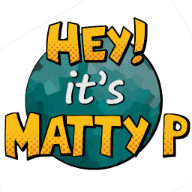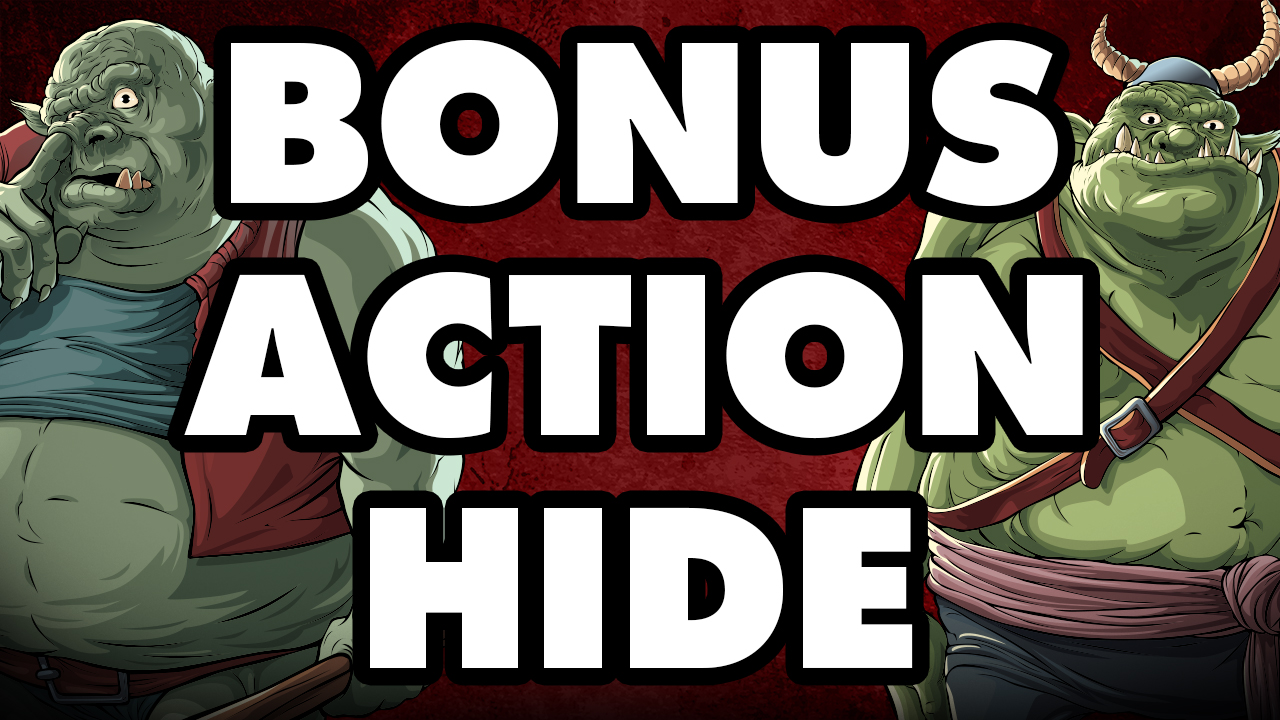The TRUTH about the Deck of Many Things
I don’t have to tell you what Deck of Many Things is; it’s been around since 1975, it’s infamous, you get it. But I’m a bleeding heart 5E Dungeon Master at my core, so the unfeeling dice rolls and brutal consequences of some oldschool systems strikes me raw. Despite this, I’ve seen the truth: the Deck teaches us a lot of useful lessons. I want to challenge your preconceptions about the Deck’s effect on a campaign and why players react to this artifact so strongly, and then we can apply those lessons to other magic items.
What’s special about the Deck?
The cards are generally pretty simple: a card is either all benefit, or the card is all detriment. The disruptive part comes from the extremes — yep, even the benefits can be disruptive. Let me explain.
Power
When offered the chance to draw a card, the player is thinking, “Wow, something really great could happen!” And that great thing could be as simple as going up a level, or getting a truck-load of gold — things easily manageable for the Dungeon Master. But at the extremes, things break. If the player gets access to the Wish spell from a card, there’s any number of boons they could wish for which benefit their character, but to the detriment of the overall campaign and fun-level of the game. The extreme benefits are something the player would not enjoy.
Danger
The threat of drawing a bad card is just as enticing, though. It’s the gambler’s high, or it’s the good feeling from doing the wrong thing, or from the perspective of the other players, it’s the schadenfreude of watching an ally suffer some absurd misfortune. Even when a player spins the chamber and draws a mild card, they’ll sigh with relief and say, “At least my character is still alive!” The extreme detriments are something the player would not enjoy, even if the other players might have a giggle.
Drama
The very best result is always drama, meaning any card which can act as a plot hook or serve as a catalyst for satisfying roleplaying or character development. And I’ll admit: in the right hands, drama could come from any card. A productive player may use their Wish for something narratively satisfying, or a character killed by a card might trigger a quest to revive them. Some cards lean into drama better than others, though, by summoning allies or enemies, changing alignments, or changing relationships. Although the drama is something the player would enjoy, the player is not generally drawing from the Deck with drama, plot hooks or catalysts in mind. It’s not a draw card, har har.
Gambling
When imagining using the Deck in your game, either from a player’s perspective or a Dungeon Master’s perspective, you should imagine the most beneficial outcome and the most detrimental outcome divorced from the Deck. Would it be satisfying to drop that outcome on your game without involving the Deck at all? Really, please think about it: would your game be better if you gave the party a Wish, or if you had a party member teleport to a random stasis pod in Pandemonium? I think those extreme outcomes are only tantalising when framed in the gambling game of voluntarily drawing from Satan’s Uno deck.
I read about a little behavioural phycology experiment with pigeons, and although it was looking at addictive behaviour and not magical cards, I think it’s relevant here. When pigeons were given the option of pecking a light that reliably dispensed them a modest number of pellets, or pecking a light that sometimes dispensed a big jackpot of pellets, they preferred the less reliable option even though it had a lower yield or pellets per peck (of PPP for you fellow scientists). One idea here is that the pigeons were motivated not by the outcome, but by the outcome being surprisingly different from their expectations. I’m drawing a line between the pigeons’ chasing surprising results and Travis Willingham choosing the draw five cards and potentially slaughtering his Critical Role cash cow campaign. Gambling has merit to the players.
Clout
Particularly from a Dungeon Master’s perspective, the Deck holds one special merit: achievement. Dropping this nuclear booster pack into your campaign comes with bragging rights, and although I dispute the wisdom of inflicting this disruptive force on your gaming table, I can’t deny I’m impressed when I meet someone mad enough to try it. Unfortunately for me, this is an well-deserved quality of the Deck that cannot be replicated.
Theatre
My favourite aspect of the Deck is the ritual of the thing. For one, it’s instantly recognizable to veteran players. They’ll be scraping their fingernails into the table at the first glimpse of a tarot prop behind your screen. This is anticipation. And for two, the process of engaging with the prop deck is special. “Listen up players, when you draw these cards, you have to declare how many cards you want to draw, and we’ll draw and resolve them one at a time.” When you treat this prop with gravity, the players treat it with gravity, and that’s fun.
The Matt Colville problem
There isn’t really a Matt Colville problem; I just thought it would be spicy to title this bit that way. It’s more of a Matt Colville solution.
A few years ago Matty C discussed a sleight of hand trick to mitigate the Deck’s volatility, effectively rigging it so the Dungeon Master’s desired outcome (usually a milder, more dramatic outcome) would always be at the top of the deck. If you’re planning to allow the players to only draw a single card, and you don’t mind tricking the players or railroading outcomes, this is a viable solution.
I feel conflicted though! This solution has the same energy as fudging dice rolls, where the players think there’s chance involved and a range of outcomes, but in the end, the rolling doesn’t matter and there’s only one outcome. The confounding thing is: I’m OK with fudging dice! But for some reason, I don’t feel OK with rigging the most chaotic, infamously volatile magic item. I don’t know why!
The best implementation of the Deck
I bought an adventure called Madness at Gardmore Abbey a few years ago which features the Deck. It even has cards inside! You can imagine my surprise when I put the prop on my desk and it didn’t immediately burn IKEA chipboard, Sweden’s kindling. No, this Deck has been modified.
- The Deck has much milder effects, none extreme enough to be disruptive.
- The story is focussed on the Deck, following a calamity caused by this artifact.
- The players start with only a single card, their quest being to collect the rest.
- True to 4th Edition’s design, the individual cards feel combat orientated, each with a unique way to affect the battlefield.
- The module has specific mechanics for enemies to attune to the cards.
The lessons
After working through this, when designing a version of The Deck of Many Things with writer Randall Right called The Shadowglass Spindle, we came up with these principles.
- There should be a physical prop at the table, something visible to build intrigue and anticipation.
- When activating the item, there should be some kind of ritual lend gravity to the item.
- Rather than this item being loot in an unrelated encounter as a complete set, there should be a line through your campaign of finding pieces of the set.
- There should be provisions for villains to use the item.
- Being designed for a tactical combat game, the item should have some application in combat.
- When the players use the item outside of combat, the result should be drama.
- Volatility should not be a measure of how extreme the worst and best results are, but a measure of the unexpectedness of getting a good result.


